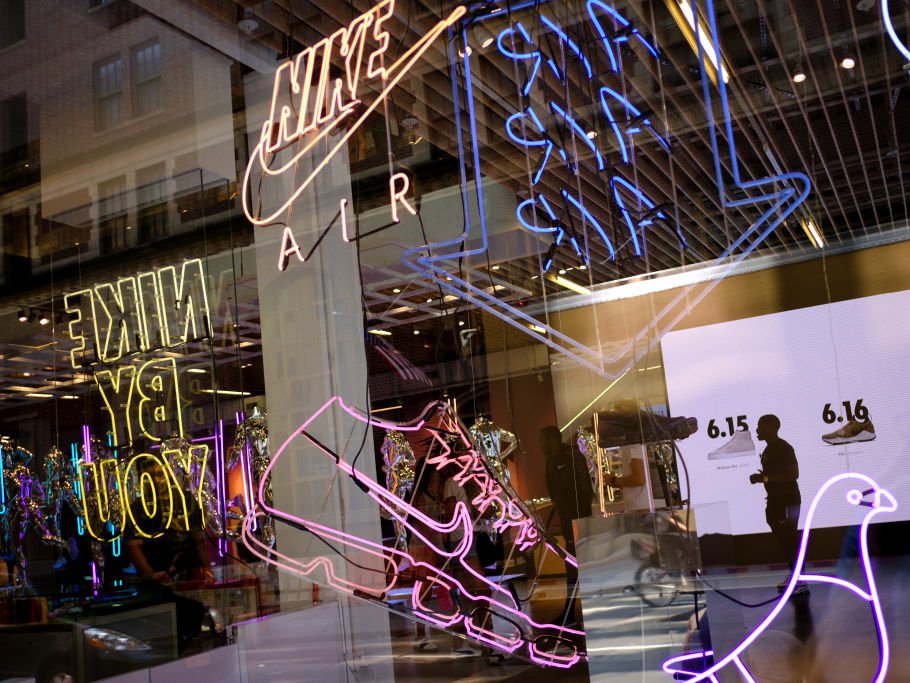 A scene from Nike’s new flagship store in New York.Reuters/Drew Angerer
A scene from Nike’s new flagship store in New York.Reuters/Drew AngererOn June 15, Nike announced a new plan to cut styles and workers, speeding up production in response to sagging sales.
As part of the plan, the company said it will focus on “deeply serving consumers” in 12 cities: New York, London, Shanghai, Beijing, Los Angeles, Tokyo, Paris, Berlin, Mexico City, Barcelona, Seoul, and Milan.
Nike identified these cities as its biggest growth opportunity, adding that it expects 80% of its growth to derive from these cultural capitals though 2020.
“That is a page directly out of Adidas’ playbook,” industry analyst Camilo Lyon recently told The Oregonian.
The plan is similar to Adidas’ “Key Cities” initiative, which it began two years ago. Adidas’ initiative covers just six cities: Los Angeles, New York, London, Paris, Shanghai, and Tokyo. Adidas says that global trends are started in global cities, so it will “over-proportionally invest in talent, attention and marketing spend.”
Adidas’ move was highly strategic. It was designed to move the company closer to its core customer and learn the trends before they blow up and radiate from these cultural capitals to the wider world. It’s what has helped Adidas’ US market share nearly double in the last year, according to NPD Group, as it rode the trend of retro running and lifestyle running shoes.
Nike has relied on some dying trends like basketball shoes, and many of its latest products have debuted to lukewarm reception. It’s looking to move more swiftly like its smaller rival and capitalize on trends in a similar way.











